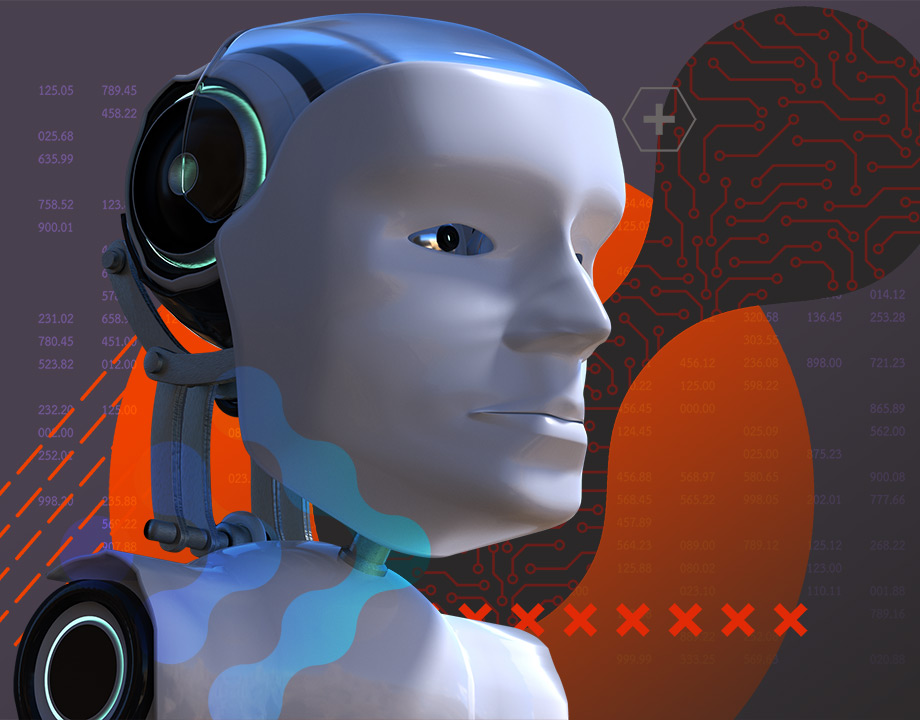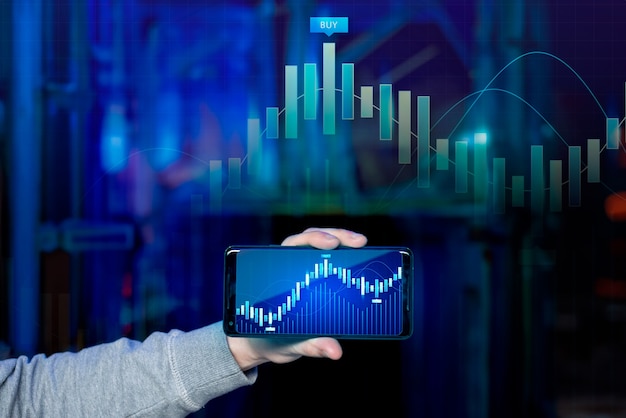Since robots first appeared in our collective consciousness, the world has been filled with intrigue about these mysterious machines. From Isaac Asimov’s ‘The Three Laws of Robotics’ to real-life examples such as Honda’s ASIMO and Boston Dynamics’ SpotMini, robotics has advanced exponentially. It continues to fuel their presence in our lives. But what are some different types of robots?
This article will explore eight unique varieties of robots that serve various purposes – from automating industrial production lines to providing therapeutic companionship for elderly individuals living alone. So without further ado, let’s dive right into it.
Industrial Robots
Industrial robots are quickly becoming a game-changer in the world of manufacturing. With their remarkable speed, accuracy, and efficiency, these robotic machines have revolutionized the production environment and made it easier to create complex products. With their help, many factories that used to require intense manual labor can now run smoothly with minimal human supervision.
By removing mundane tasks from the job roster of human workers and freeing them up to focus on added-value activities such as creative problem-solving and customer service, industrial robots are taking work environments worldwide into a new era of automation and productivity.
Service Robots
Service robots are typically designed to assist human beings in completing various tasks, from cleaning floors to performing surgery. These machines can be programmed with specialized software to understand spoken commands and perform essential functions autonomously.
A great example of a service robot is the humanoid robot Sophia, created by Hanson Robotics. Her advanced artificial intelligence capabilities enable her to naturally communicate with humans, answer questions, tell jokes, and even express emotions.
Robotic Process Automation (RPA)
It is the latest entry into robotics. This technology enables companies to automate tedious, repetitive tasks that would otherwise require manual labor – such as data entry or order processing.
Moreover, RPA can be integrated with artificial intelligence and machine learning to make it even more effective in completing complex assignments. By streamlining processes, RPA can help companies save precious time and resources while increasing accuracy and customer satisfaction.
Autonomous Mobile Robots (AMRs)
Autonomous mobile robots (AMRs) are a type of robot that uses artificial intelligence and GPS technology to navigate their environment independently. These machines are typically used in warehouses or other extensive facilities where they can move items from one point to another without needing human labor.
For example, Amazon’s Kiva robot system is a network of autonomous robots that can carry packages from one location to another within a warehouse, eliminating the need for human workers to do the same job. Additionally, these machines can also identify and avoid obstacles that may be in their way.

Social Robots
Social robots are designed to interact with humans in various settings – from providing companionship for the elderly to teaching and entertaining children. These robots have advanced artificial intelligence capabilities that allow them to understand human emotions and react accordingly.
For instance, Paro – a therapeutic robotic baby seal – is widely used as a companion pet for elderly individuals living alone. Not only does it provide them with comfort, but it also helps reduce feelings of loneliness and depression.
Another example is the robot Nao, which Aldebaran Robotics developed to help teach children with autism. It can recognize facial expressions and respond accordingly, making it an invaluable tool for students who need personalized attention.
Surgical Robots
Surgical robots are a type of medical robot that can perform a variety of surgical procedures with extreme precision. These machines are typically equipped with 3D imaging systems and robotic arms, which enable them to make precise incisions with minimal patient injury risk.
For example, da Vinci Surgical System is capable of performing complex operations such as coronary bypass surgery and heart valve repairs with greater accuracy than traditional methods. This technology minimizes the risk of complications and reduces recovery time, making it a valuable tool for surgeons worldwide.
Education Robots
Education robots are designed to be used in classrooms and educational institutions as a teaching aid. These machines typically have interactive features such as games, quizzes, and puzzles that can help students understand complex topics in a fun and engaging way.
For instance, the robot called ERWIN is capable of helping students with their math skills by providing step-by-step instructions and tracking their progress. Additionally, the AI-powered robot known as Pepper can act as a virtual tutor by providing personalized feedback to students on their performance.
Articulated Arm Robots
Articulated arm robots are a type of robot with a jointed arm – or “armature” – connected to a stationary base. These machines can be programmed to perform repetitive tasks such as welding, painting, soldering, and assembly with extreme precision and accuracy.
For instance, ABB’s IRB series of articulated arm robots are widely used for welding and material handling applications. These machines can also be programmed to carry out complex tasks such as robotic surgery or 3D printing.












